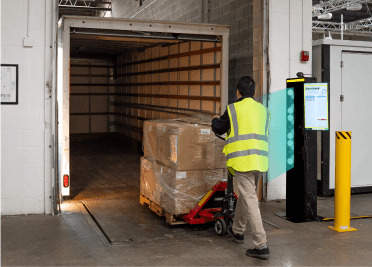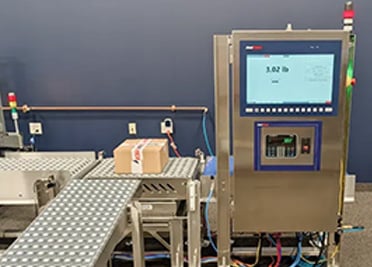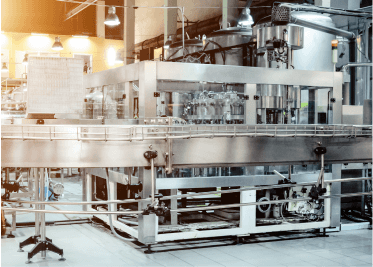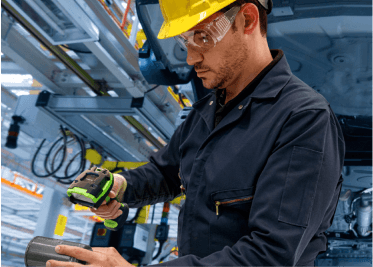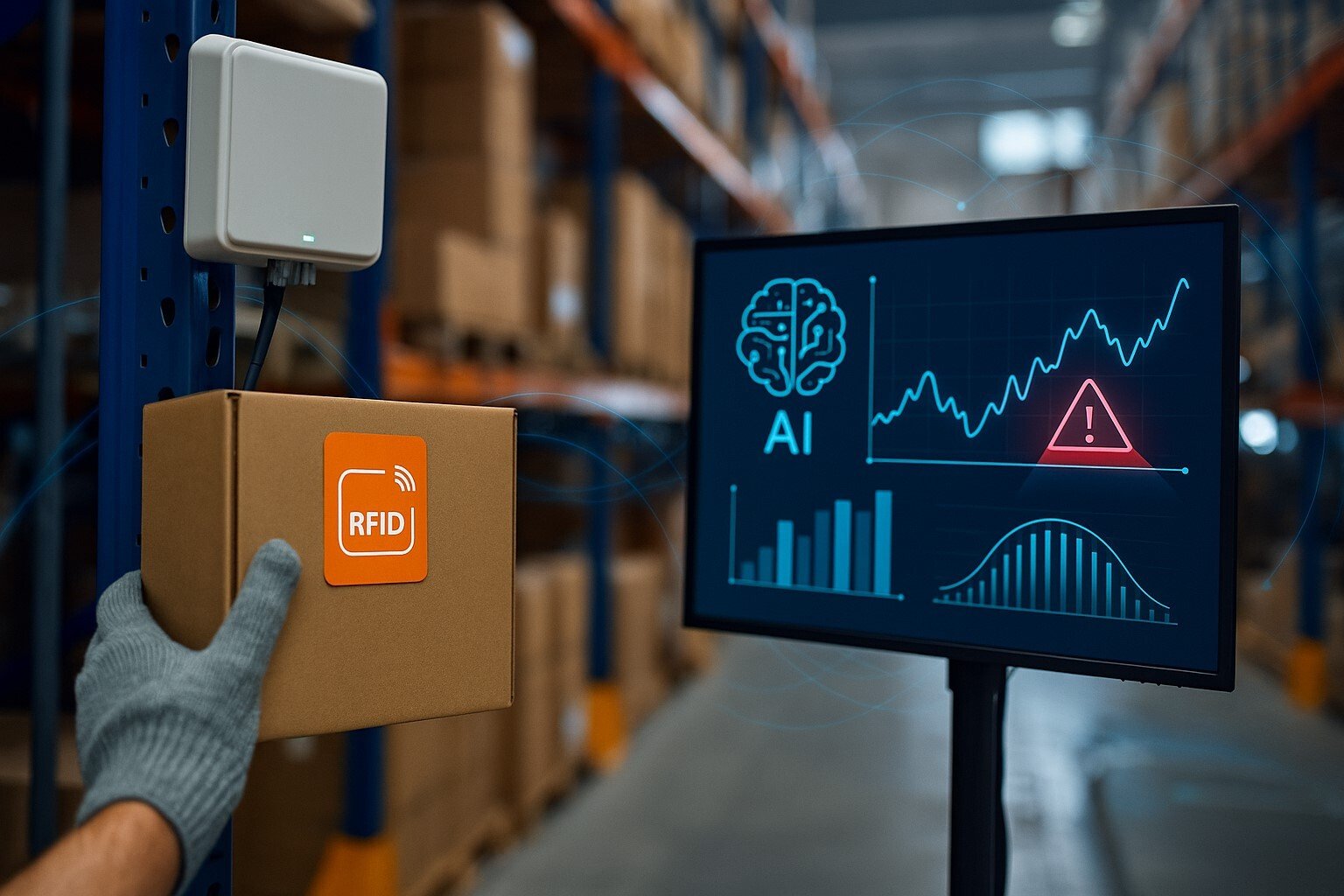Artificial intelligence (AI) is everywhere. From demand forecasting to predictive maintenance, organizations are racing to embed AI into their supply chains.
But there’s a problem. You can’t do AI without data. And not just any data — you need accurate, real-time, ground-level data that reflects what’s actually happening in your operation. That’s where RFID comes in.
As Akhila Tadinada from Xemelgo put it in our recent webinar with AbeTech: “Digitizing your operations is Step One. If you’re not already collecting real-time data through RFID or sensors, your AI project is going to struggle — or fail.”
Let’s explore why RFID is the foundation AI needs — and how forward-thinking organizations are pairing them together.
AI Needs More Than Snapshots
Many enterprise systems — ERP, WMS, MES — offer data, but it’s often static, incomplete, or outdated. It reflects what should have happened, not what is happening. That’s a problem for AI models, which depend on patterns, context, and historical behavior. If your data only comes from audits, barcode scans, or manual inputs, you’re not feeding the model enough signal to detect real trends or outliers.
RFID changes that.
How RFID Feeds the AI Engine
RFID creates a continuous, automated stream of data from across your operations. Whether you’re tracking:
- Inventory movement through the warehouse
- Work-in-process as it moves between cells
- Raw material consumption
- Shipment verification at the dock
RFID tags and readers capture those interactions in real time — no manual effort required. This creates the dataset that machine learning models need to:
- Forecast inventory more accurately
- Detect anomalies in cycle time, consumption, or flow
- Optimize replenishment or labor assignments
- Trigger alerts or decisions automatically
A Real-World Example
During the webinar, Akhila shared a powerful story:
“We had a distributor use our system pre-COVID to manage replenishment. When COVID hit, consumption and lead times changed dramatically. But because they had continuous RFID data, their AI models adjusted immediately — no guesswork needed.”
This is the difference between theory and practice. Without RFID, your AI model is flying blind.
Don’t Wait for AI to ‘Be Ready’
A common mistake is thinking you need a fully defined AI strategy before deploying RFID. In reality, the opposite is true:
Start collecting RFID data now — and your AI strategy will evolve naturally. Once you’ve built a historical baseline and enabled real-time visibility, you’ll have the infrastructure to train smarter models and automate decisions.
At AbeTech, we help clients deploy RFID with long-term scalability in mind — integrating with modern AI-ready platforms like Xemelgo.
Build the Foundation First
AI may be the future. But RFID is the foundation. If you’re serious about forecasting, anomaly detection, or supply chain optimization, you can’t skip the first step: real-time visibility through RFID.
👉 Schedule a conversation with an RFID expert today.
